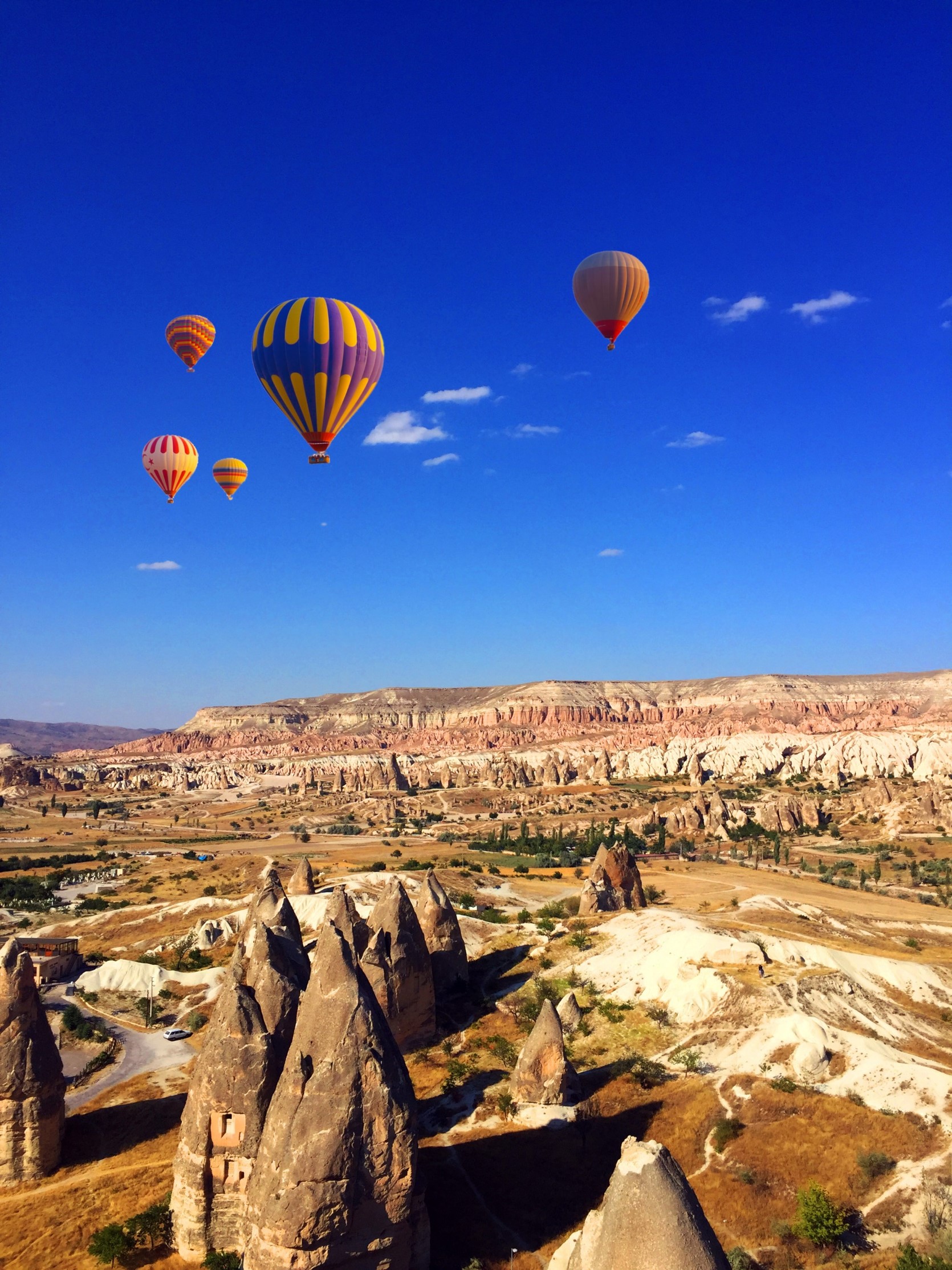Destination Construction in Vlog Videos as New Destination Image Designs of The Digital Age
Palabras clave:
Tourism, Destination, Image, Vlogger, VlogResumen
In this study, which examines the communication patterns and components of the destination image in the destination videos of vloggers and how it is constructed within the video narrative structure, the four most popular destination videos originating in Turkey are analyzed by the descriptive analysis method. In the study, image is a multidimensional phenomenon. It is an attitudinal construct consisting of the mental representation of an individual's knowledge (beliefs), emotions, and general impression of an object or destination. The study used cognitive components in the "Six A Model" belonging to Buhalis and affective components evaluated as attraction technique, theme, and interaction as analysis parameters. In the videos examined, it has been found that the destination image is built on affective components rather than cognitive components, and the most vital emotional component in the narratives is the tendency to experience extraordinary experiences based on the search for difference.
Descargas
Publicado
Cómo citar
Número
Sección
Licencia
Autores que publicam nesta revista concordam com os seguintes termos:
Os Autores mantém os direitos autorais e concedem à revista o direito de primeira publicação, com o trabalho simultaneamente licenciado sob a Creative Commons Attribution License que permitindo o compartilhamento do trabalho com reconhecimento da autoria do trabalho e publicação inicial nesta revista.
Autores têm autorização para assumir contratos adicionais separadamente, para distribuição não-exclusiva da versão do trabalho publicada nesta revista (ex.: publicar em repositório institucional ou como capítulo de livro), com reconhecimento de autoria e publicação inicial nesta revista.
Autores têm permissão e são estimulados a publicar e distribuir seu trabalho online (ex.: em repositórios institucionais ou na sua página pessoal) a qualquer ponto antes ou durante o processo editorial, já que isso pode gerar alterações produtivas, bem como aumentar o impacto e a citação do trabalho publicado (Veja O Efeito do Acesso Livre).








